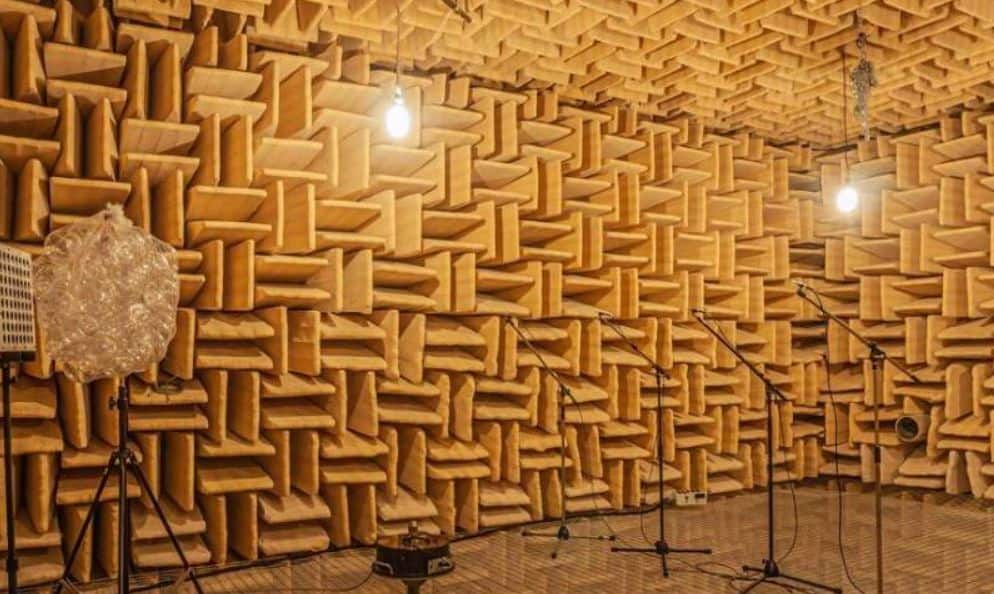Researches have used artificial intelligence, and now this modern technology can become a huge breakthrough for medicine.
Swiss scientists have made sound visible in high-resolution images. Visualization allows you to depict an object using the analysis of light and sound waves. The specialists used neural networks, writes Phys.org.
To visualize, scientists combined two technologies.
One of the technologies is a combination of metamaterials with which visualization is created. Metamaterials focus wavelengths fairly accurately, but their effectiveness is diminished by accidentally absorbing other signals. Then the experts called for artificial intelligence, which helped to solve the problem.
“By generating images with a resolution of only a few centimeters—using a sound wave whose length was approximately a meter—we moved well past the diffraction limit,” says Romain Fleury.
“In addition, the tendency of metamaterials to absorb signals, which had been considered a major disadvantage, turns out to be an advantage when neural networks are involved. We found that they work better when there is a great deal of absorption.”
During the study, a lattice of 64 mini-speakers was made. And the scientists were able to get a visualization of the sound that came from the speakers.
Experts note that their invention will help to make a breakthrough in medicine, as doctors will be able to make the necessary accurate acoustic visualizations even through dense bone Fabric.
“Long waves mean that doctors can use much lower frequencies, resulting in acoustic imaging methods that are effective even through dense bone tissue. When it comes to imaging that uses electromagnetic waves, long waves are less hazardous to a patient’s health. For these types of applications, we wouldn’t train neural networks to recognize or reproduce numerals, but rather organic structures,” says Fleury.
